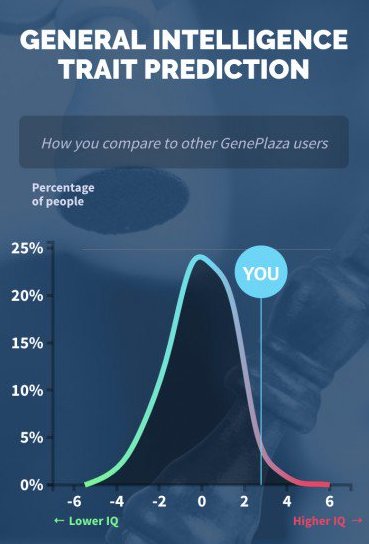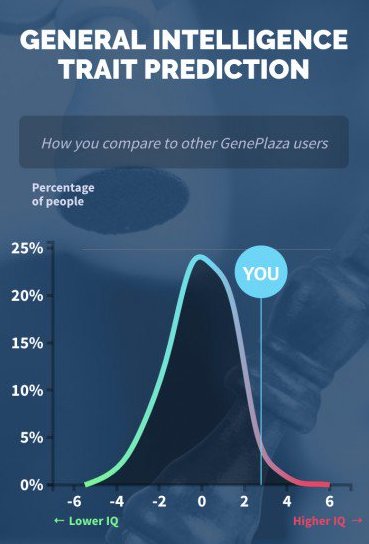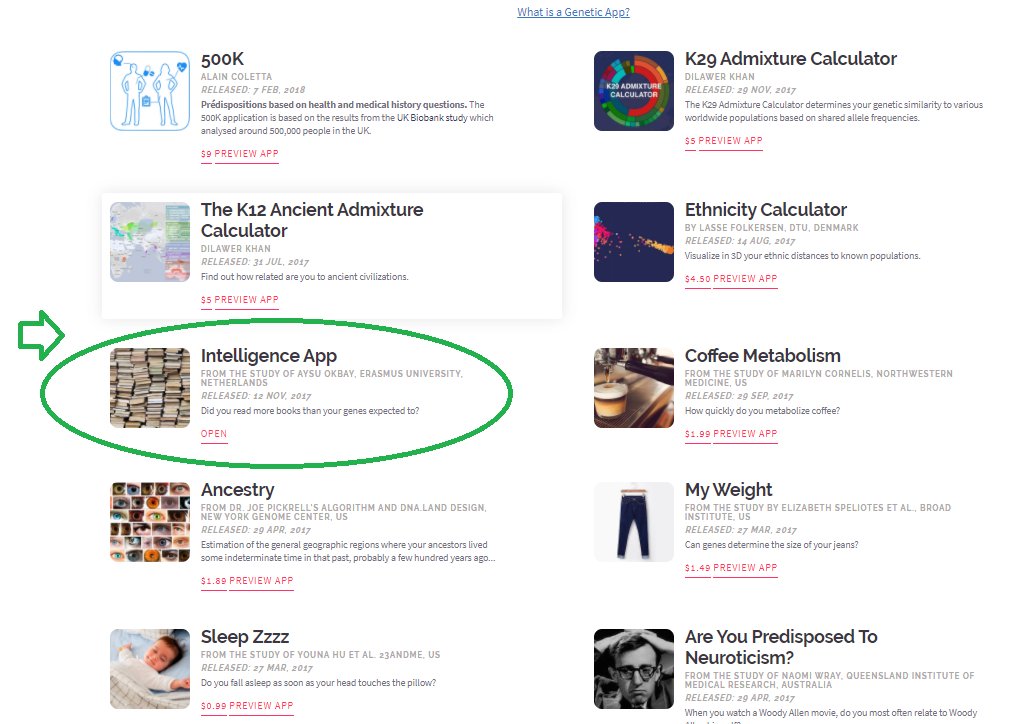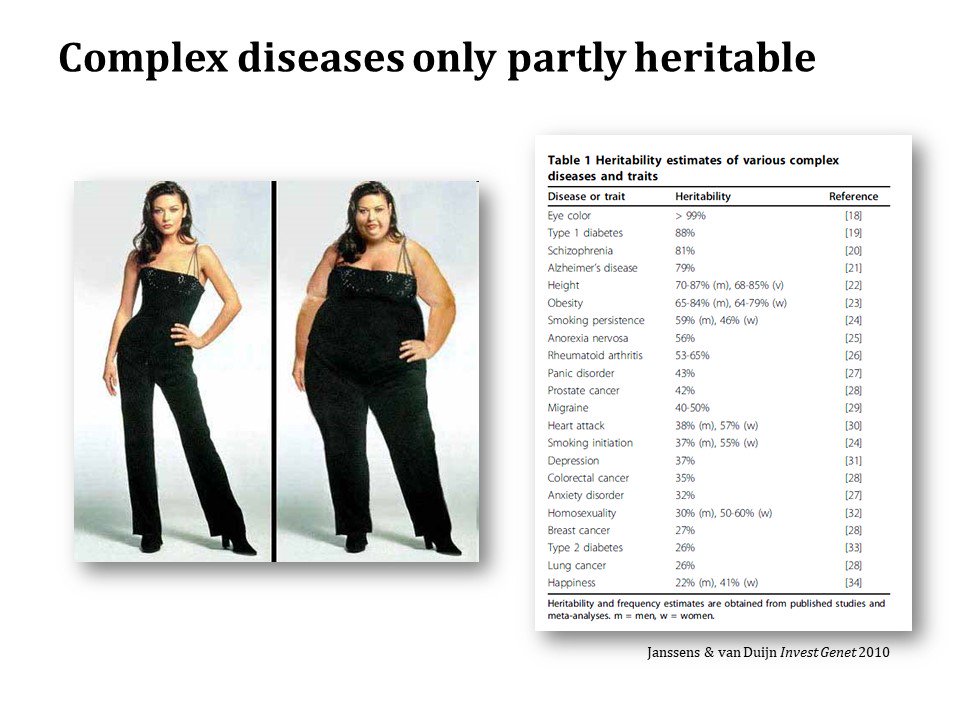
Each patient who develops a disease may have their own causal mechanism, unknowable before the onset of disease, 'guessable' afterwards.
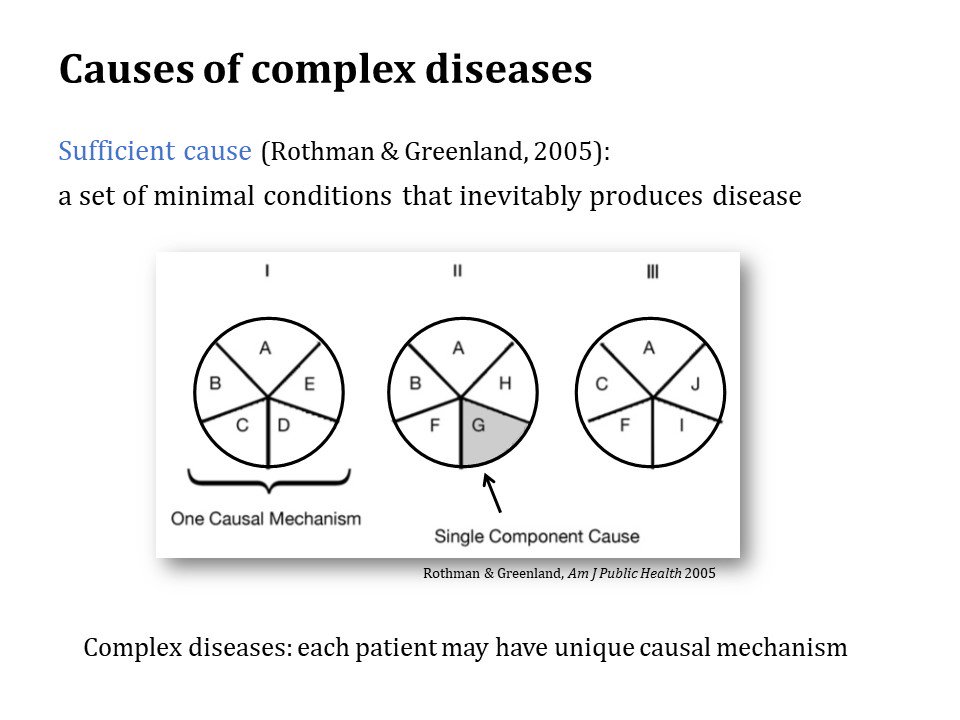
The slides of this thread can be downloaded here: cecilejanssens.org/slides-from-tw…
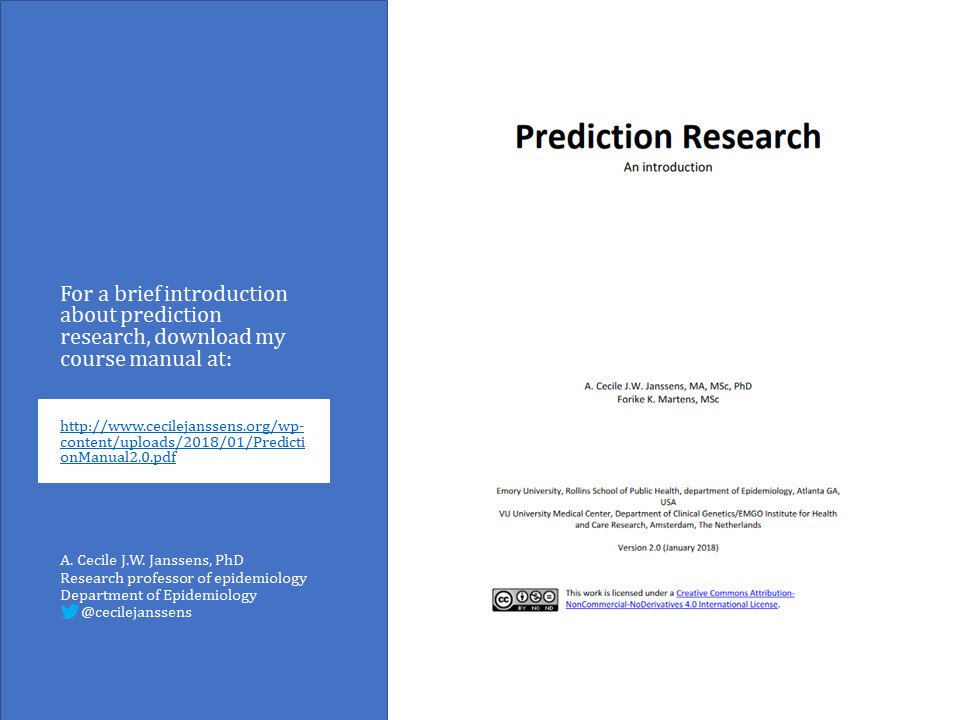



Get real-time email alerts when new unrolls are available from this author!
Twitter may remove this content at anytime, convert it as a PDF, save and print for later use!

1) Follow Thread Reader App on Twitter so you can easily mention us!
2) Go to a Twitter thread (series of Tweets by the same owner) and mention us with a keyword "unroll"
@threadreaderapp unroll
You can practice here first or read more on our help page!
